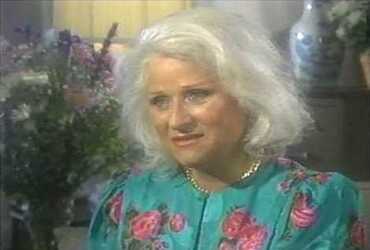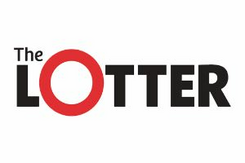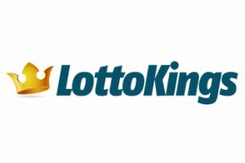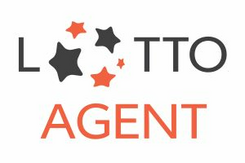Gail Howard’s "Lotto How to Wheel a Fortune" Book Review
If you’re looking for the quickest way to win the lottery, there is no shortage of books promising that they can help you learn how to do just that. Looking at a list of the most popular lotto strategy books, you’re likely to see one book pop up over and over again: Gail Howard’s Lotto How to Wheel a Fortune. In this review, we’ll explain who Gail Howard is, and whether or not her best-selling book is worth your time and money.
Who is Gail Howard?

Though Howard passed away in October 2015, people remain interested in her lottery system and continue buying her books. Since Howard burst onto the scene with her lottery advice in 1982, there have been 108 documented jackpot winners who claim to have used her system. The total winnings of these lucky players amount to $101,865,192.
What is Lottery Wheeling?
Howard’s system, and therefore much of the advice found in this book, is a form of lottery wheeling. Lottery wheeling involves choosing a specific subset of numbers and buying multiple combinations of those numbers across many tickets. The method comes from a branch of mathematics known as combinatorial design.
There are three different types of lottery wheels: full wheels, abbreviated wheels, and key wheels. Full wheels cover every possible combination of numbers that can be made with the chosen subset. Abbreviated wheels do not include every combination, but guarantee at least one winning ticket if a certain amount of the drawn numbers are in your set. Key wheels focus on a specific number within the subset and include it in each ticket. Gail’s system focused on abbreviated wheels, which she trademarked as Balanced Wheels.
Lotto How to Wheel a Fortune Review

The book also details some stories of real-life winners and the numbers they chose to win big. This certainly paints the Balanced Wheels system in a flattering light and will make you feel like you can easily add your name to the list of winners who at least partially credit Gail Howard for their luck.
Howard also makes a case for why the abbreviate wheel, or Balanced Wheel, is the best type to use. Part of her reasoning is that it is cheaper to play while also offering “guaranteed minimum win assurance.” It’s important to understand that “guaranteed win” in Howard’s world of lottery wheeling always comes with a caveat. For instance, one wheel might guarantee a minimum match-4 prize, but only if 6 of the winning numbers are in your set of 10 chosen numbers. Many readers may find this a little confusing, but the guarantee is much more credible than many other systems that promise a shot at the jackpot. In reality, Howard’s Balanced Wheels aren’t primarily meant to help players win the jackpot, but rather to win smaller prizes.
When it comes to the actual wheels listed in the book, there is a wide variety from which to choose. There are win guarantees ranging from a match-3, 4, 5, and 6 for a large pool of selected subsets. It gives a total of 328 systems, with the vast majority costing between $5 to $20 to play.
While the book lays the groundwork for the lottery wheeling method of choosing numbers, there is still a lot of work for the reader to do to put the system into action. Some readers may find it a little complicated and difficult at first, and many may benefit from Howard’s companion book, Lottery Master Guide.
Bottom Line—Is It Worth the Read?
If you want a deeper understanding of lottery wheels and would like to give the technique a try, then this is the book to start. It provides a wide range of wheels and gives win guarantees for each. It also offers a variety of price points for ticket purchases, so you can dip your toes in the water of lottery wheeling without spending too much. If you want to give this method of lottery selection a try, then Lotto How to Wheel a Fortune is one of the easiest and most credible lottery books explaining how to do so.






